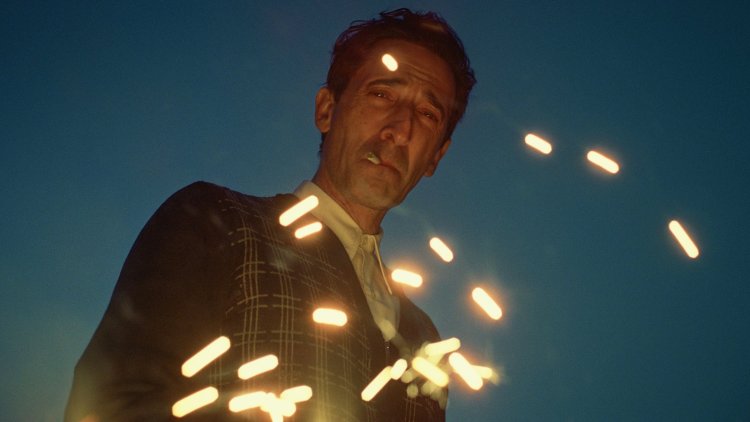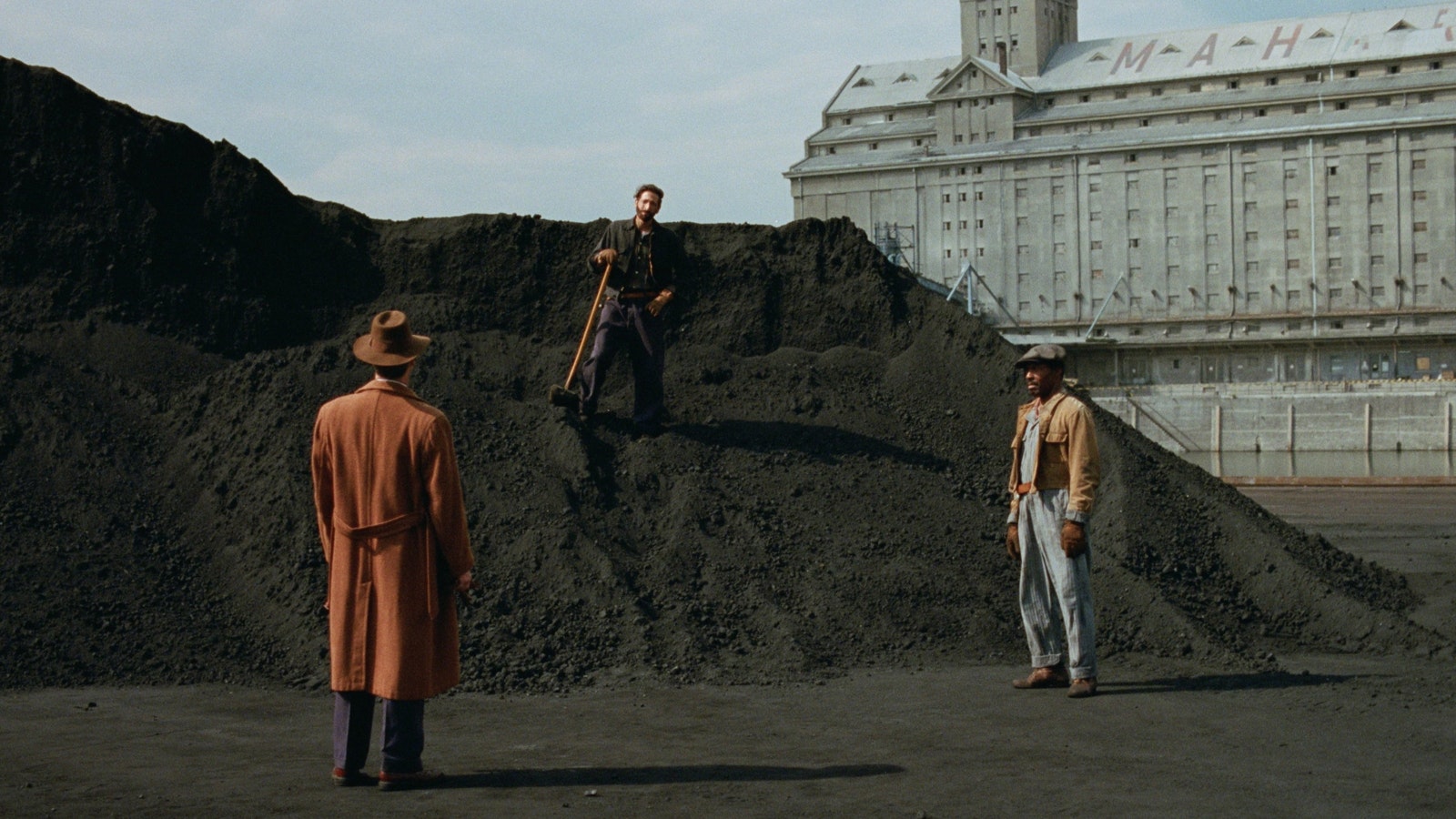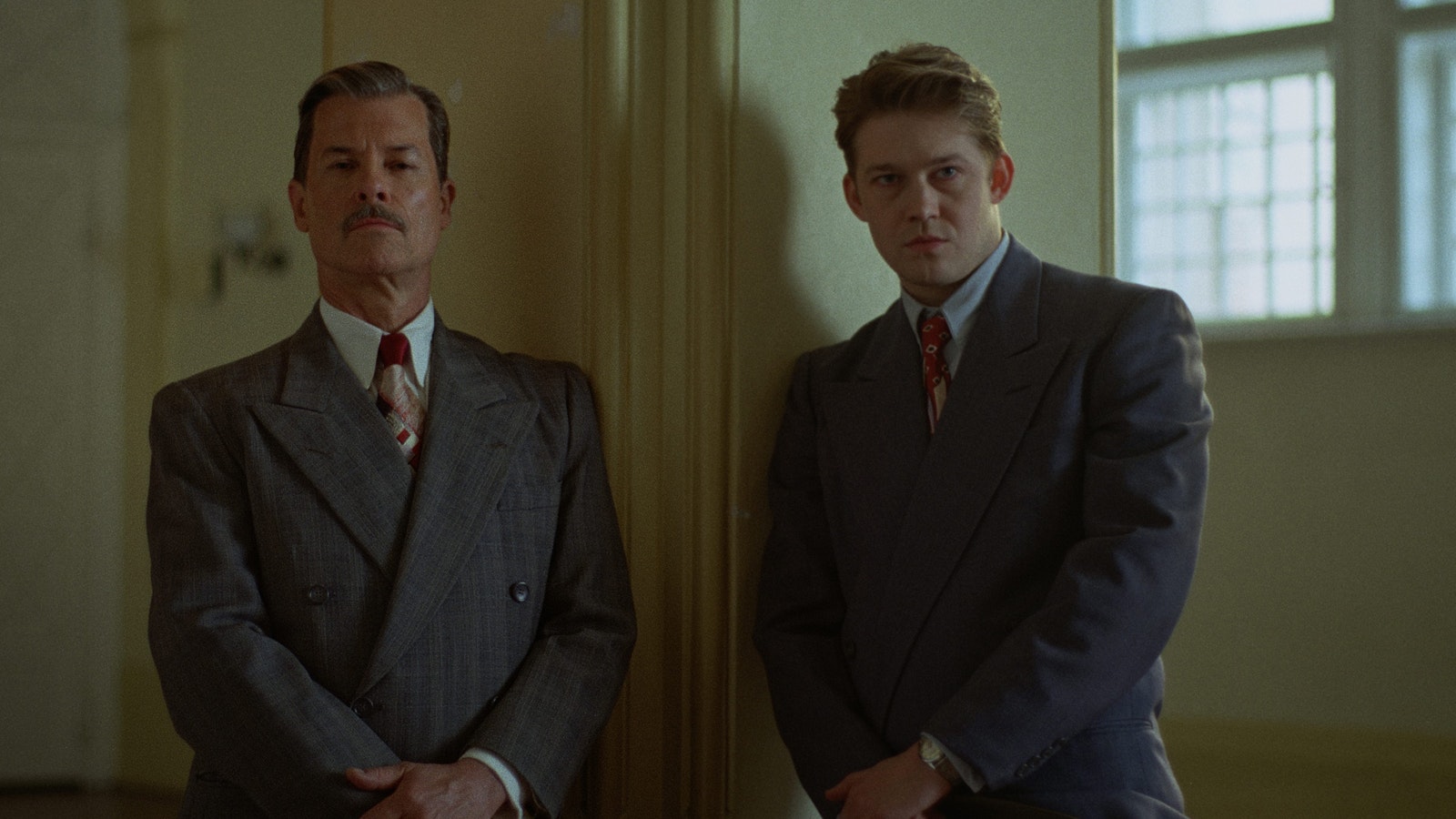The Brutalist
Citizen Kane. The Godfather. Once Upon A Time In America. There Will Be Blood....

Citizen Kane. The Godfather. Once Upon A Time In America. There Will Be Blood. Towering monuments of moviemaking, all — and all namechecked in notices when Brady Corbet’s third picture, The Brutalist, won the Silver Lion for Best Direction at the Venice Film Festival. Is it possible for any modern movie, even an American epic of these proportions (and we don’t just mean the 215-minute running time), to stand firm in the shadows of such superstructures?

The Brutalist gives it a damn good go. An austere, novelistic, self-consciously important film that unfurls in a measured sprawl, it nonetheless exerts an iron grip. Yes, it’s shot in luxurious VistaVision and divided into chapters and features a 15-minute intermission. And sure, it mulls on the weighty themes of Jewish identity, immigration, privilege, culture-versus-commerce and the thin lines between inspiration and insanity, ambition and crushing egotism. But homework it ain’t. Just as Dostoevsky’s doorstop novels bristle with brio, Corbet’s myth-making saga propels as it soars.
It begins in 1947, as Hungarian-born Jewish architect László Tóth (Adrien Brody) spills from the bowels of a teeming ship to eye Ellis Island’s famous statue. From Tóth’s angle, Lady Liberty appears upside down, and America, land of dreams, will prove a frequently topsy-turvy, nauseating experience for Tóth over the next 30 years.
Adrien Brody’s Tóth brims with pain and passion.
Finding home in Pennsylvania with his Americanised cousin Attila (Alessandro Nivola) and his Catholic wife Audrey (Emma Laird), László builds items for their furniture shop and is then commissioned by the wealthy Harry Van Buren (Joe Alwyn) to turn a fusty reading room into a modernist library. It’s to be a surprise for Harry’s industrialist father, Harrison Lee Van Buren Sr (Guy Pearce), but the blue-blooded patriarch sees red and ejects Tóth without payment. Until, that is, his airy new chamber features in Look magazine, and Van Buren Sr hires Tóth to design a vast building in honour of his late mother.
Like Corbet’s provocative first two films, The Childhood Of A Leader and Vox Lux — about, respectively, a fascist dictator and a pop star — The Brutalist charts the rise of an enigmatic figure. At first we know little about Holocaust survivor Tóth, except that he awaits the arrival of his wife, Erzsébet (an excellent Felicity Jones), and his niece, Zsófia (Raffey Cassidy), who remain in Europe after the war. But slowly, brick by brick, the pieces are dropped into place, and we learn that Tóth is a celebrated architect of the Bauhaus school. At once ugly and beautiful, the jutting, concrete blocks of his Brutalist structures seek to shape a utilitarian future. They’re mirrored in the strange geometry of Tóth’s face — he now nurses a heroin habit having used to douse the pain of a broken nose en route to America.

Brody’s Tóth brims with pain and passion, the actor pushing beyond his Oscar-winning performance in Roman Polanski’s Holocaust drama The Pianist. In silence he speaks volumes, with Tóth a halting, traumatised figure in the first half of the picture. In contrast, yet serving to complement, Daniel Blumberg’s tumultuous, soul-shaking score erupts from the ninth circle of hell. Post-intermission, Tóth’s words escalate and his emotions amplify, uncorked by the arrival of Erzsébet and Zsófia. There’s also the construction of a prodigious building that will serve as auditorium, chapel, library and gymnasium, and the clashes with domineering Van Buren that come with it.
Pearce, imposing and sonorous, is the film’s stealth MVP. Unnerving even when he’s being charming, Van Buren Sr creates a strange push-pull to his relationship with Tóth, currents of admiration and envy, power and disgust swirling beneath the surface. Corbet, perhaps, sees echoes of his own experience — the visionary artist beholden to the whims of myopic moneymen — and then pours cultural prejudice into the mix. In one shocking scene, the intangibles of the Tóth-Van Buren Sr union are made tangible, unnecessarily so. But so grand is this edifice, it barely wobbles.
That such an epic was constructed for under $10 million beggars belief. Here is an allegorical foundation myth that towers above Coppola’s similarly themed Megalopolis, and that shuffles complicated relationship dynamics with awe-inspiring visuals. Tóth and Van Buren Sr’s visit to the marble mines of Carrara is spectacle as spiritual experience, and throughout, cinematographer Lol Crawley’s ascetic images speak to Tóth’s commanding creations. Immense.
What's Your Reaction?























